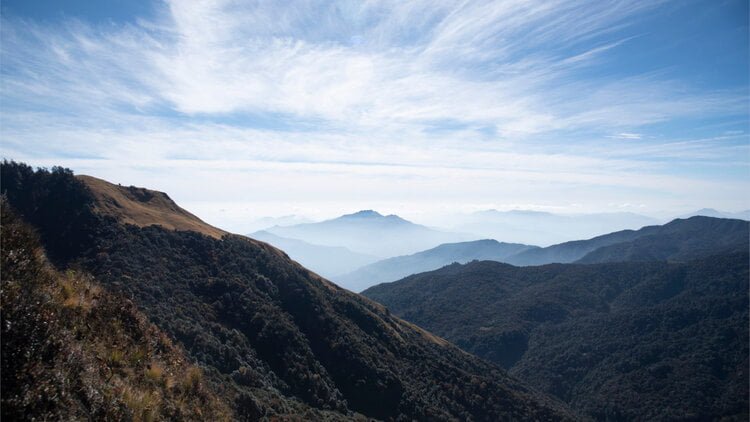Nepal is the land-lock country with many mountains, hills and natural beauties. It lies in South Asia and is surrounded by two neighbouring countries India and China in the North. Nepal is a small country covering the area of 147181 sq. km, land 143,351 sq. km and water 3,830 sq. km and lies between coordinates approximately 28°N and 84°E. Nepal falls in the temperate zone north of the Tropic of Cancer. The entire distance from east to west is about 800 km while from north to south is only 150 to 250 km. Though it is a small country, it is full of natural beauties such as forest, mountains, high hills, lakes, fast-flowing rivers, climates, etc. Nepal is the best place to visit in between October and December due to the climate change, clear weather, beautiful sun-rise and sun-set in the Himalayas.

Why is Nepal best place to visit in between October and December?

There are bulk reasons such as clear weather, sun-rise and sun-set in the Himalayas in between October and December. The skies are clear blue and the views spectacular. The weather remains dry until about April, with temperatures varying between regions. As dry days make trekking easier and offer good visibility. October and November are particularly good months if you want to see Nepalese culture at its most vibrant as two of the most important festivals – Dashain and Tihar – are celebrated at this time. Expect street parades, decorated houses and temples, dancing and singing long into the night.
Additional
- Get a chance to experience authentic Nepali food.
- Experience the Nepalese culture
- Clothes and Handicrafts
- Historical places
- Peoples
- Unique traditions
- Clear view of mountains

Nepal is rich in culture, water resources, biodiversity, natural resources, medicinal herbs, culture diversity etc. It consists of various ethnic groups: Chhettri 16.5%, Brahman-Hill 11.3%, Magar 6.9%, Tharu 6.2%, Tamang 5.6%, Bishwokarma 5%, Musalman 4.9%, Newar 4.6%, Yadav 4.2%, Rai 2.2%, Pariyar 1.9%, Gurung 1.9%, Thakuri 1.7%, Mijar 1.6%, Teli 1.5%, Yakthung/Limbu 1.4%, Chamar/Harijan/Ram 1.4%, Koiri/Kushwaha 1.2%, other 20% (2021 est.)




